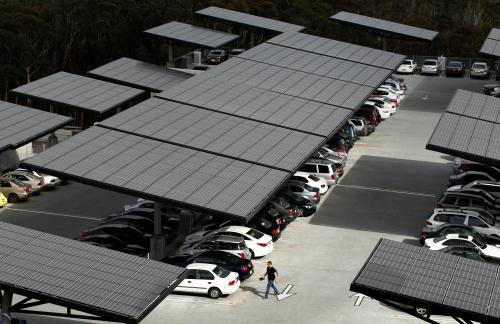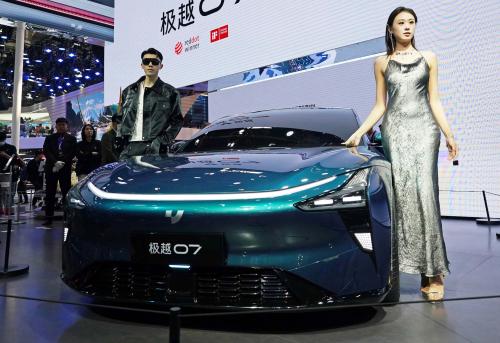This paper was launched at the U.N. climate negotiations, COP 25, in Madrid, Spain.
The world is committed to acting on climate change. At least since the signing of the United Nations Framework Convention on Climate Change in 1992, the international community has been united in its commitment to preventing ‘dangerous anthropogenic interference with the climate system’. In the Paris agreement of 2015, almost all countries set out individual targets or actions they would take towards meeting this collective goal. Earlier this year, the UN Climate Action Summit highlighted many examples of governments, businesses and civil society groups leading the way to a low carbon economy. There is general consensus on the need for deep cuts in emissions as rapidly as is practical. However, it is equally clear that emissions are still rising, not falling, and economic change is not happening anywhere near quickly enough.
Since diplomatic talks on climate change began around 1990, annual global CO2 emissions have risen by over 60%, and they could plausibly keep rising a few per cent per year for at least the next decade, if not longer. Future emissions are ‘baked in’ – already made likely to arise from the high carbon energy infrastructure we already have, and more of this infrastructure is still being built and planned. At this rate, agreed goals for limiting the rise of global temperatures are becoming ever harder to meet, and a future climate that tests the limits of the adaptive capability of our economies, ecologies and societies is becoming ever harder to avoid. The need to accelerate progress is therefore unquestionable. The question is how to do it.
This report is for the governments and businesses that are interested in accelerating deep decarbonisation of the world economy. We aim to highlight where their actions can have the greatest impact, by bringing together knowledge from three areas:
- First, an understanding of how technology transitions happen – drawing on lessons from historical shifts such as from horses to cars, coal to gas, and wells to piped water systems;
- Secondly, an understanding of how international cooperation has succeeded in the past – looking at what has worked for problems in trade, security, and the environment – and what this means for how coordinated action can steer and accelerate technological transitions;
- Thirdly, the application of these insights to the main greenhouse gas emitting sectors, focussed particularly on identifying points of leverage for coordinated international action to accelerate low-carbon transitions.
In comparison with previous reports, what is new is our focus on the processes of change, rather than on the end goal. We consider not just which technologies are viable, but which actors could develop and deploy them, and how policy might motivate them to do so. We also consider how international cooperation can itself evolve to become stronger over time, with actions at each stage laying the foundations for deeper agreements later. In this way, we aim to develop a new understanding of how the international community’s climate change goals can be met. We suggest that the broad-based multilateralism of the Paris Agreement must be complemented with forms of international action that are stronger, more coordinated, and more focussed on the critical actions that can accelerate change across the global economy.
The Brookings Institution is committed to quality, independence, and impact.
We are supported by a diverse array of funders. In line with our values and policies, each Brookings publication represents the sole views of its author(s).








